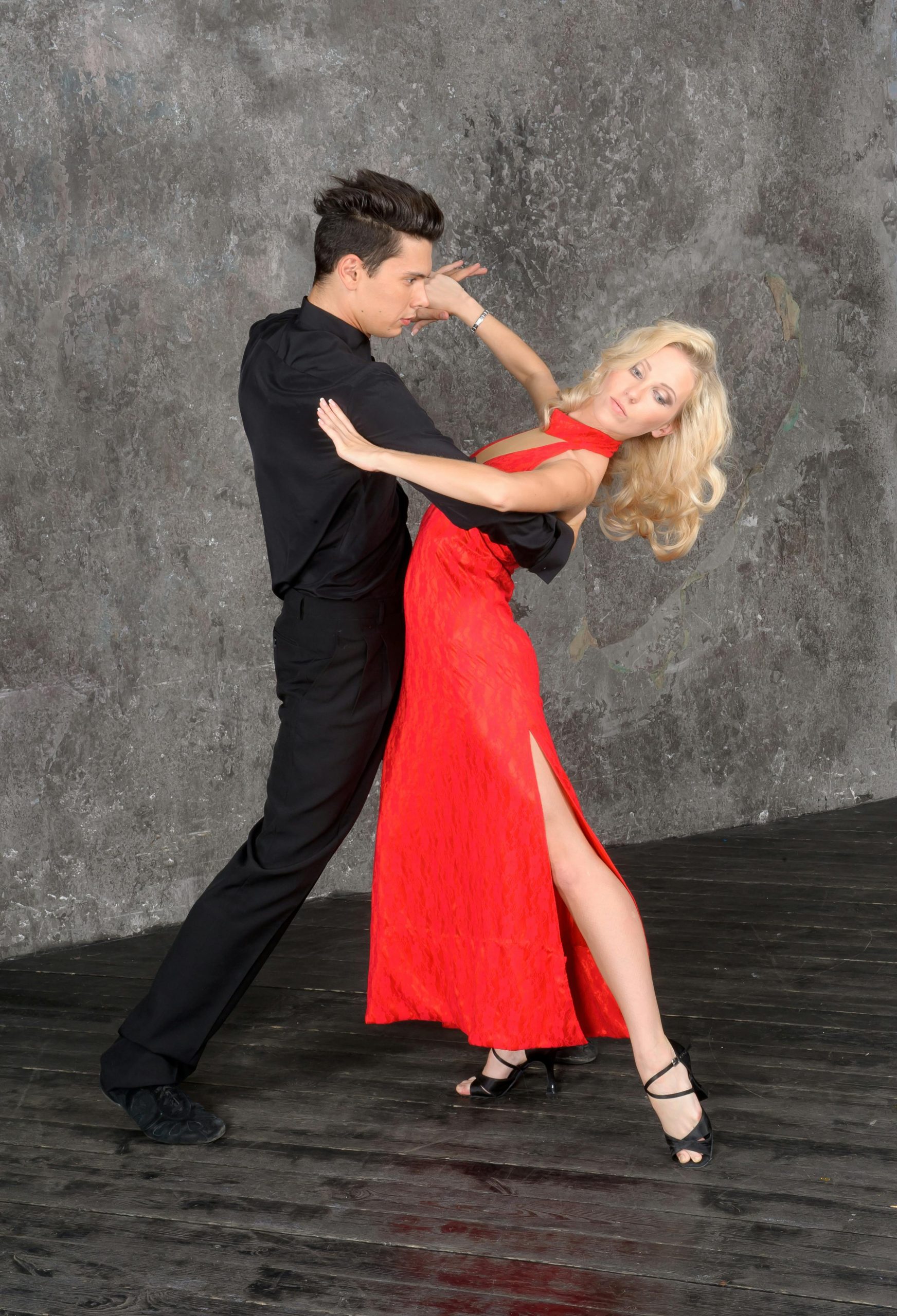Introduction


Kathak, a classical dance form from North India, is not just a display of intricate footwork and expressive gestures but also a visual celebration of vibrant attire. The costumes of Kathak are as dynamic and fluid as the dance itself, embellished with rich colors and detailed craftsmanship. This article dives into the vivid world of Kathak fashion, highlighting how traditional attire meets contemporary influences.
Tradition Meets Modernity
Kathak costumes include long, flowing skirts (‘lehengas’), fitted tops (‘cholis’), and ornamental scarves (‘dupattas’). Initially, these ensembles featured gold and silver threads, echoing the dance’s royal court legacy. Today, traditional elements persist but blend with modern design techniques and materials for added comfort without compromising elegance.
Palette of Passion
Moreover, the color palette of Kathak attire is expansive and symbolic. Reds and gold signify passion and festivity, while blues and greens reflect serenity and depth. Costume designers now use vibrant purples and striking oranges, broadening the visual appeal and enabling dancers to express individuality.
Fabric and Functionality
The choice of fabric is crucial in Kathak costumes, as it must support the dancer’s movements while accentuating the spins and rhythmic footwork. Silks and satins are favored for their fluidity and luster, catching light with every turn. Designers are also exploring lighter, more breathable fabrics like georgette and chiffon to keep dancers comfortable during vigorous performances.
Innovative Embellishments
Additionally, embellishments play a significant role in Kathak attire. Rich embroidery, beads, and sequins adorn traditional costumes. In keeping with current trends, these decorations are becoming more intricate and innovative, often incorporating reflective materials that shimmer beautifully under stage lights, adding to the performance’s dramatic effect.
Jewelry and Accessories
No Kathak performance is complete without the elaborate jewelry that adorns the dancers. From headpieces (mang tikkas) to anklets (ghungroos), each piece is carefully selected to complement the costume and enhance the dancer’s expressions. Modern adaptations see lighter, more subtle pieces that maintain the visual appeal without hindering the dancer’s mobility.
Sustainability in the Spotlight
Furthermore, there is an increasing emphasis on sustainability within the Kathak costume production. Eco-friendly dyes and sustainable fabrics are being chosen more frequently, aligning with global fashion trends towards environmental responsibility.
Conclusion
The colorful attire of Kathak dance is a fusion of tradition and innovation, mirroring the dance form’s evolution. As Kathak continues to captivate audiences around the world, its costumes remain a fundamental aspect of its storytelling power, painting each performance with vibrant threads of culture and creativity.
Step into the kaleidoscopic world of Kathak, where the costumes are as mesmerizing as the dance moves themselves, each hue and embellishment narrating tales of ancient artistry and contemporary charm.

